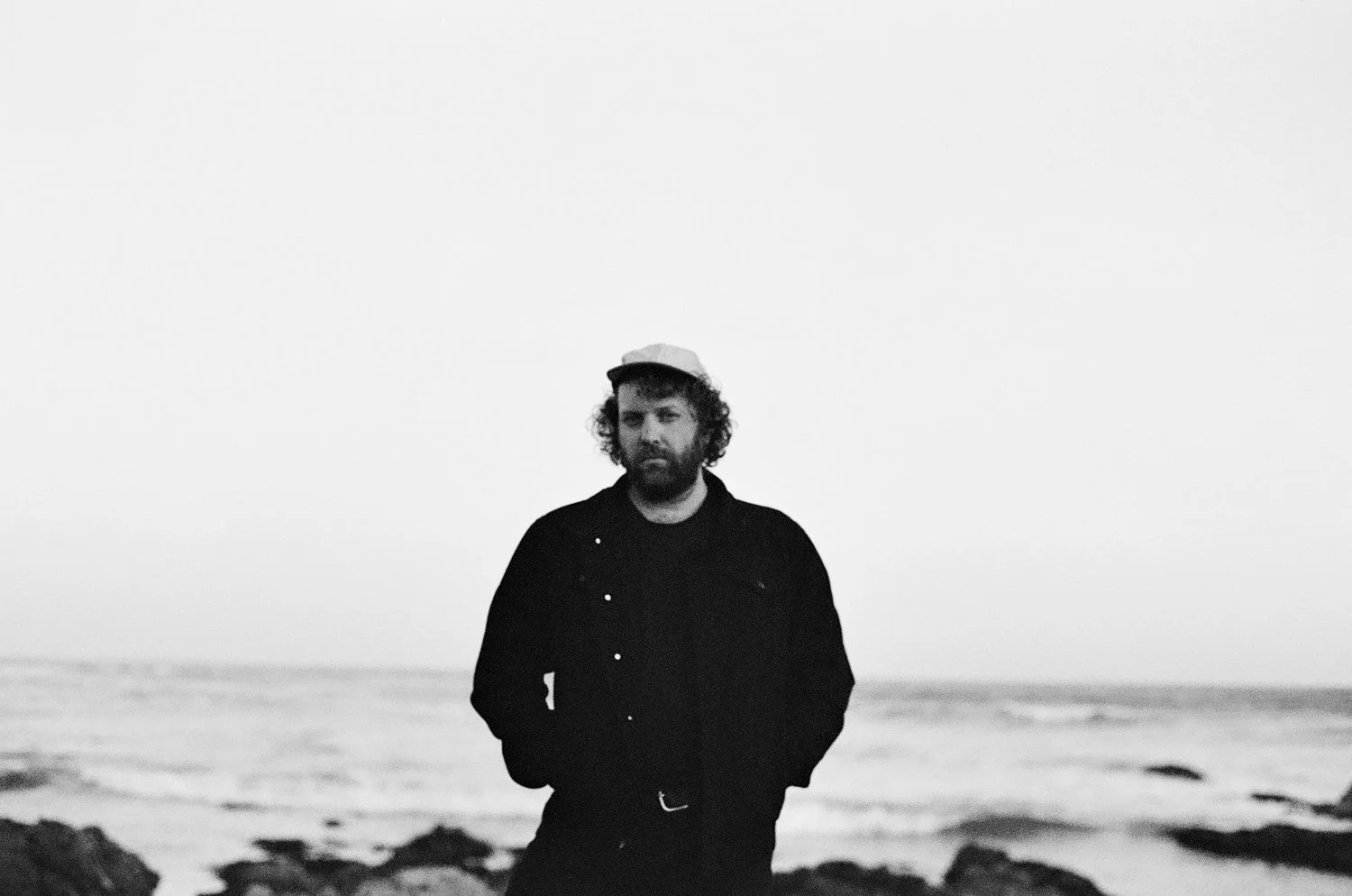NYT: Why We Can't Quit the Guitar Solo
By Nabil Ayers
Mr. Ayers is an author, the president of Beggars Group US and a musician. His memoir “My Life in the Sunshine” will be published in June.
When I recently saw the singer-songwriter Adrianne Lenker of the band Big Thief perform to a sold-out crowd of 1,200 people in London, her acoustic guitar solo was an emotional high point. Her percussive harmonics and string bends, on the song “Simulation Swarm,” felt as much physical as they were audible. Some members of the audience — who had sat silently and appreciatively during her set, waiting for each song to finish before applauding — could not contain themselves, cheering loudly and breaking the spell of the music for just a moment.
This wasn’t the first time I’d witnessed this phenomenon at Ms. Lenker’s shows — I’m an executive at her record company, so I’m not a disinterested observer. But I was fascinated by the otherwise reverent audience’s compulsion to interject, to be a part of the moment, to support the player as she went out on a musical limb. It wasn’t about flashy antics or the speed with which Ms. Lenker played the notes; it was about the raising of the emotional stakes that occurred when she gave more. By pulling away from the microphone, she shined a spotlight on her guitar playing. The audience felt it, and they wanted Ms. Lenker to know they felt it.
That, to me, is the power of the guitar solo. It’s a moment of risk for the player, a demonstrative attempt to connect sonically, physically and emotionally with the audience — even if only for a moment. The precariousness is part of what the audience responds to, explained Vernon Reid, the guitarist of Living Colour, when I asked him about his experience with the guitar solo. (Like many of the musicians quoted in this piece, he is a friend.)
“In all performance,” he told me, “when somebody is willing to go to an edge, and the audience is gripped by the drama of the attempt, it’s an electrifying thing.” Read the entire article in The New York Times






